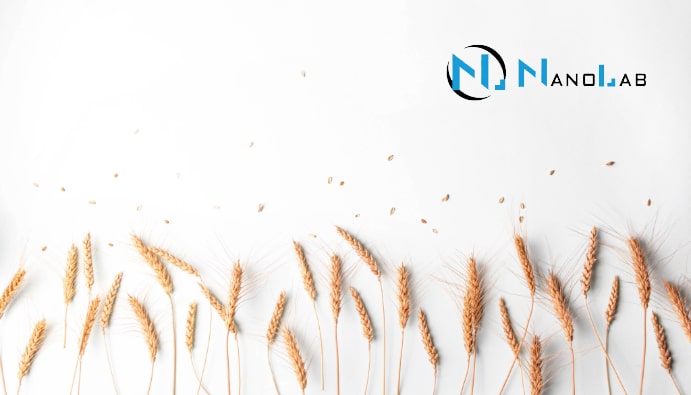
BLOG
KATEGORİDEKİ DİĞER YAZILAR

In addition to chemical and physical tests, visual evaluation is also important in food analysis. Wheat grain is mainly divided into three parts. Shell, germ, inside of the grain
Wheat grains are first evaluated in terms of their parts. Then they are checked for color. Wheat grain can be white, light yellow, yellow red, amber and brown in color. The color evaluation of the grain is based on the seed coat. It provides information about the wheat variety and the quality of the stored wheat. At the same time, the color of wheat is also important for the flours to be used.
The color of wheat varies according to its type and the region where it grows. Generally, wheat is expected to have a uniform and vivid color. When color changes are observed, it may be considered an indication of immature or diseased grain.
Wheat grains can be of different shapes and sizes. In general, grain length can be between 3-8 mm and width between 1.5-4 mm. Wheat for pasta can be large and long, while small and rounded wheat may be preferred for bread. Likewise, the type and growing conditions can affect the size and shape. The close size and shape of the grains is an important indicator of quality.
The wheat surface is expected to be smooth and shiny. If it has a rough and dull appearance, if it has visible cracks or holes, it is considered negative in terms of quality.
It is desirable to have a low proportion of broken and damaged wheat grains that may cause problems during the processing of wheat and reduce the quality.
Stones, soil and plant parts are defined as foreign matter in wheat grains. Foreign matter pollution is a problem in the processing process. It is therefore undesirable.
Wheat grains should not be damaged by insects, fungi or other pests. Diseased grains and damaged grains reduce quality and pose a health risk.
For more information visit our website: https://www.nano-lab.com.tr/
You can follow us on LinkedIn for up-to-date news and posts about our services.
Follow our Instagram account to be informed about our latest blog posts.